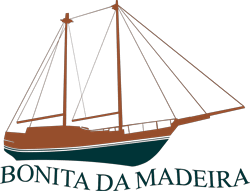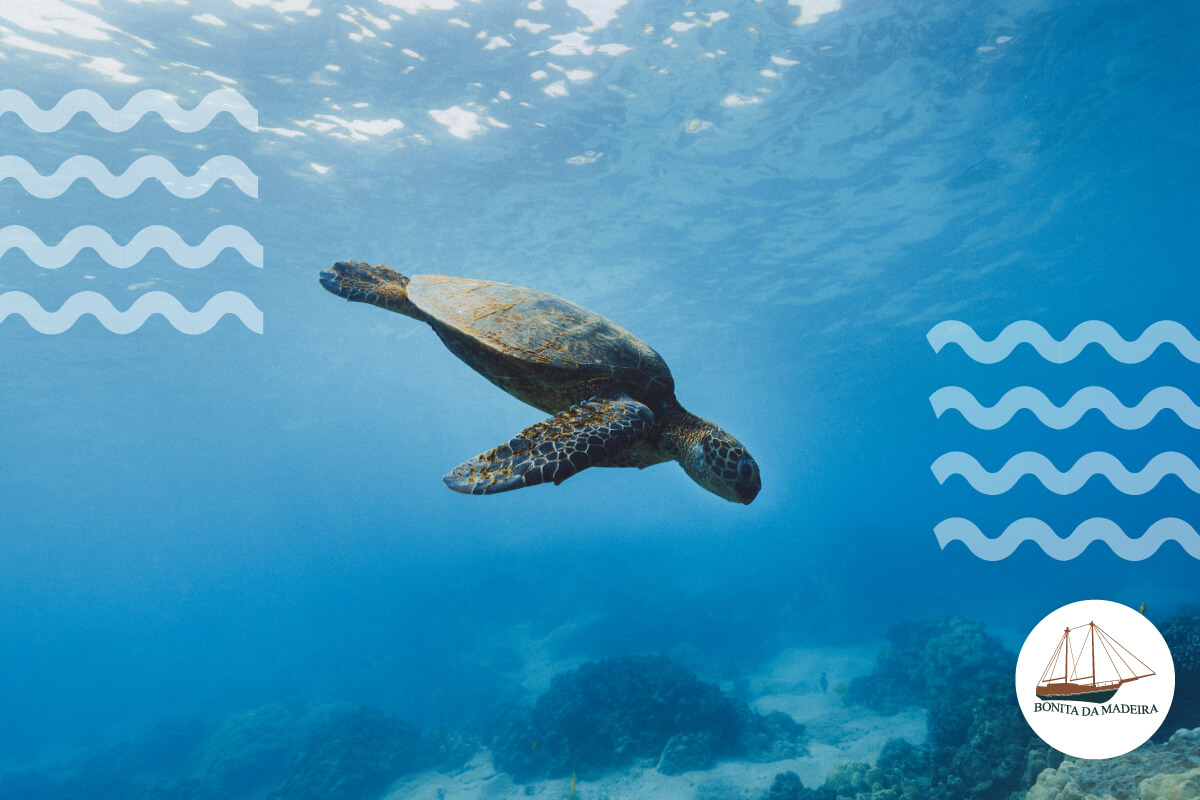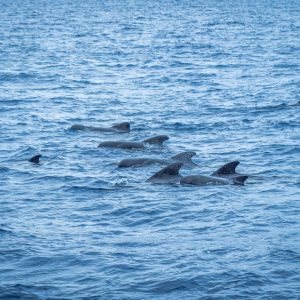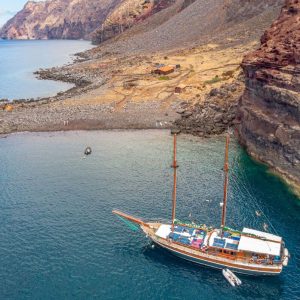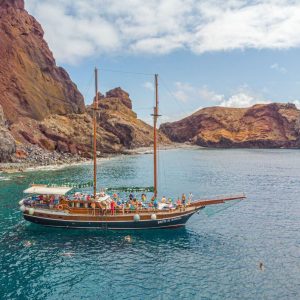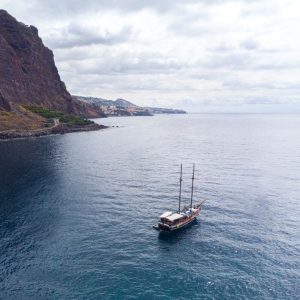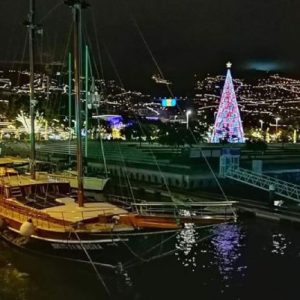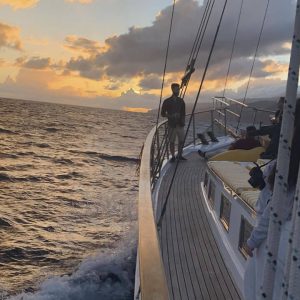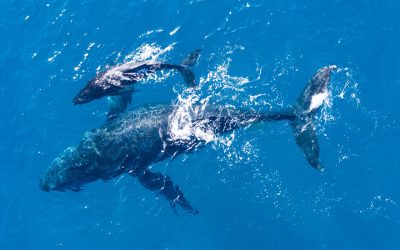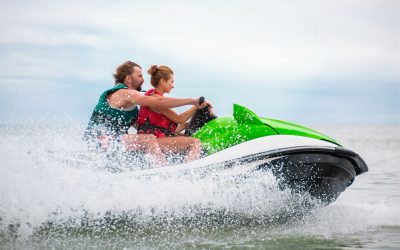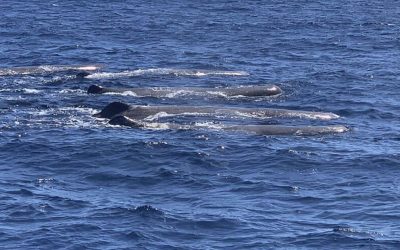Madeira Sea Life: Madeira is a Portuguese archipelago situated in the Atlantic Ocean, renowned for its natural beauty and richness in sea life. The region is considered one of the world’s premier destinations for observing marine species, admired for both its diversity and abundance.
In this article, we will introduce you to 10 fascinating species that you can observe in Madeira’s sea life, along with the unique habitats they inhabit, the optimal times and locations for observation, the significance of conservation, and the observation experiences you can undertake.
Biodiversity in Madeira
Madeira boasts a vast diversity of marine ecosystems, ranging from coastal areas to oceanic zones and transitional zones. These ecosystems harbour a variety of species that have adapted to the region’s environmental conditions, such as temperature, salinity, light, depth, and currents. Madeira benefits from the influence of the Gulf Stream, which brings warm, nutrient-rich waters, fostering the development of sea life. Additionally, Madeira serves as a migratory pathway for numerous species seeking its waters for feeding, reproduction, or rest.
Madeira Sea Life – 10 Fascinating Species
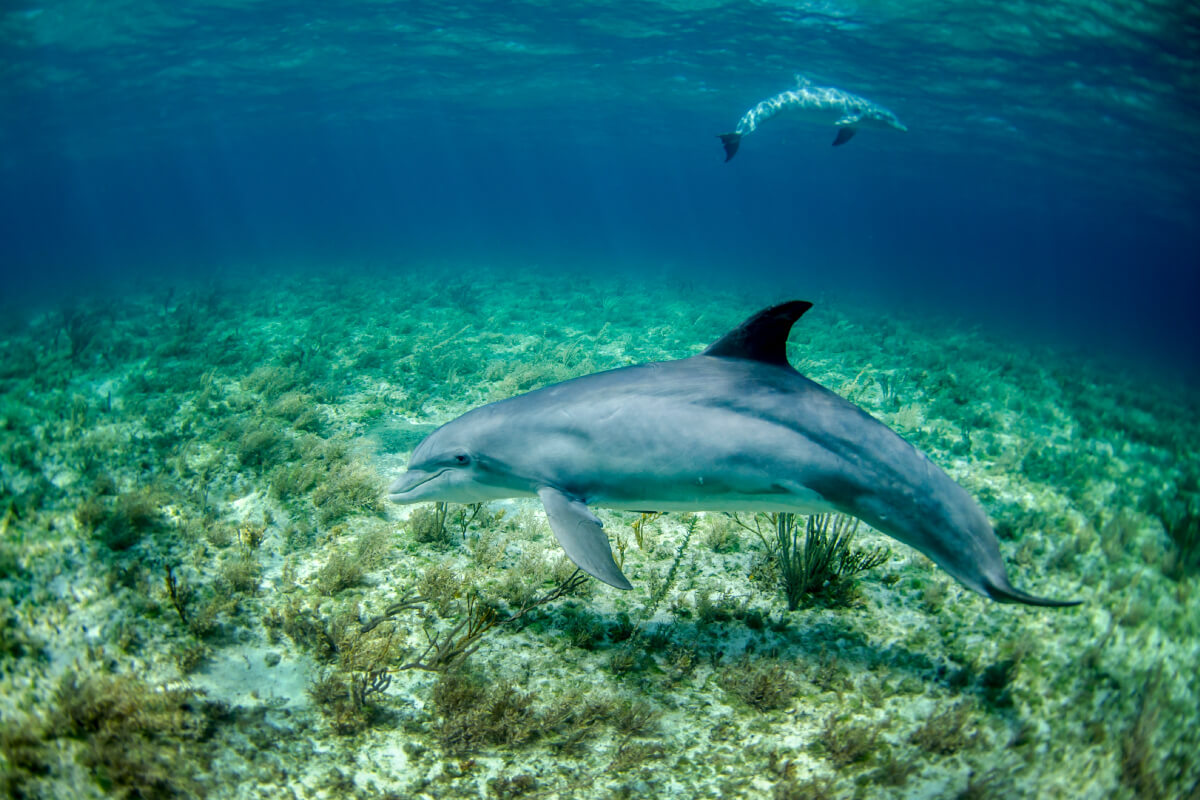
Among the hundreds of species that inhabit or visit the waters of Madeira, we highlight 10 that are particularly fascinating and easily observable:
• Bottlenose Dolphin (Tursiops truncatus)
The most common and easily observable dolphin in Madeira is being sighted throughout the year. A social, intelligent, and curious animal that lives in groups of up to 30 individuals. It has a grey colouration with a light patch on the belly and can measure up to 4 meters in length. It feeds on fish, squid, and crustaceans.
• Pilot Whale (Globicephala melas)
A cetacean species belonging to the dolphin family but with a larger size, reaching lengths of up to 6 meters. It has a black colouration with a white patch on the belly and a rounded, prominent head. It lives in groups of up to 100 individuals, forming strong family bonds.
• Loggerhead Turtle (Caretta caretta)
A species of sea turtle that can be seen in Madeira between May and October when it migrates to the warmer waters of the Atlantic. It has an oval and robust shell, with a brown or reddish colour. It feeds on molluscs, crustaceans, fish, and jellyfish.
• Ocean Sunfish (Mola mola)
The world’s largest bony fish, reaching lengths of up to 3 meters and weighing as much as 2,000 kg. It has a flattened, circular body with an elongated dorsal fin and a rudimentary tail. It is grey or brown with white or black spots.
• Parrotfish (Sparisoma cretense)
A colorful and vibrant fish, with shades of green, blue, red, or yellow, depending on gender and age. It has an oval, compressed body with a small mouth and strong teeth used to scrape algae from coral reefs. It can measure up to 50 cm in length.
• Octopus (Octopus vulgaris)
It is a cephalopod mollusc characterized by its intelligence, ability to camouflage, and skill in escaping predators. It has a soft, flexible body with eight arms covered in suckers and two large and complex eyes. Its colouration is variable, changing according to its mood or environment. It can measure up to 3 meters in length and weigh up to 15 kg.
• Hermit Crab (Dardanus calidus)
A decapod crustacean is distinguished by its behaviour of using empty shells from other animals to protect its soft and vulnerable abdomen. As it grows, it exchanges shells for larger and more suitable ones. It has a brown or reddish colouration with white or yellow spots and can measure up to 15 cm in length.
• Sea Anemone (Anemonia sulcata)
It is an invertebrate animal, akin to jellyfish and corals. It has a cylindrical and soft body with a central mouth surrounded by tentacles used to capture prey. Its colouration varies, ranging from white to red, including shades of pink, orange, and green. It can measure up to 20 cm in diameter and resides fixed to rocky or sandy substrates, forming colonies.
• Starfish (Marthasterias glacialis)
An invertebrate animal belonging to the echinoderm group, such as sea urchins and sea cucumbers. It has a flattened and radial body with five arms covered in spines, used for movement and feeding. It has a brown or green colouration with light or dark spots.
• Seahorse (Hippocampus hippocampus)
It is a bony fish characterized by its peculiar shape reminiscent of a seahorse. It has an elongated and coiled body with a large head. Additionally, it has a variable colouration that can change according to its environment or mood.
Unique Habitats
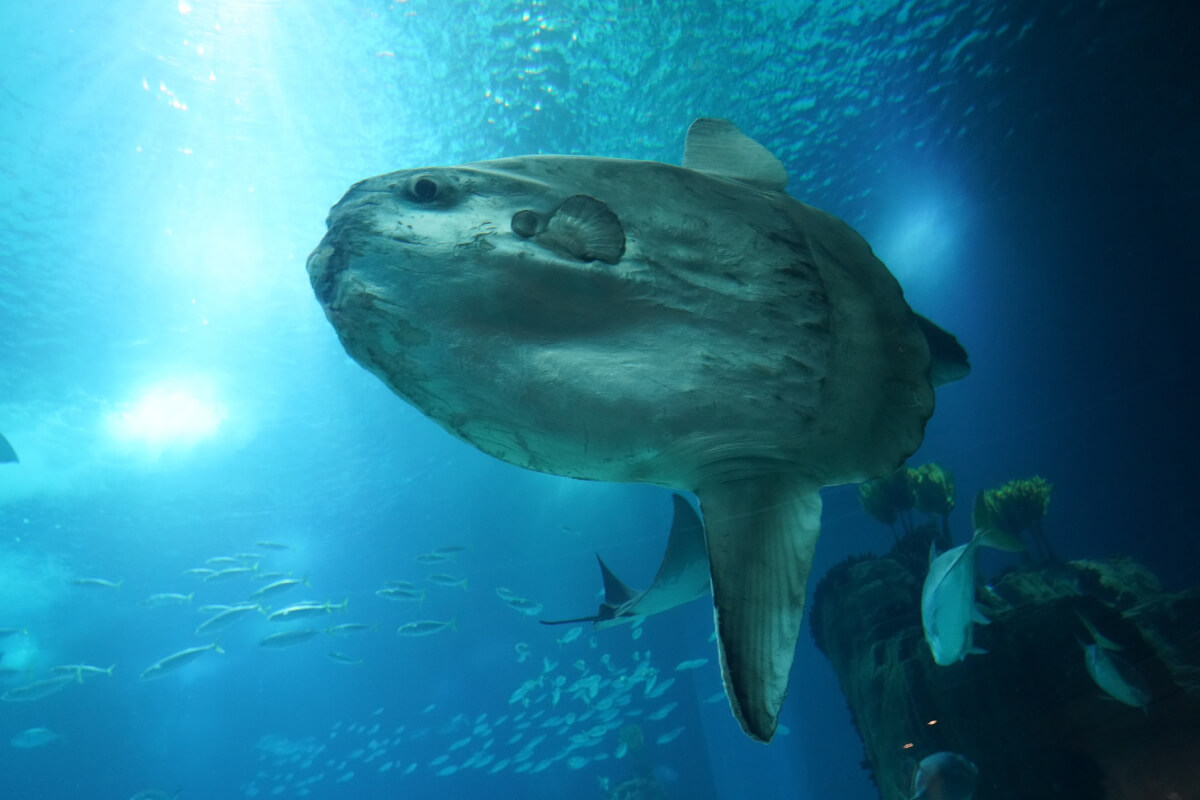

Madeira boasts unique marine habitats that contribute to its biodiversity and deserve to be recognized and cherished. Among them, we highlight:
• Coral Reefs: These are rocky formations resulting from the accumulation of calcareous skeletons from animals like corals, anemones, and sponges. They are highly rich and productive habitats, harbouring a diverse range of species.
• Seagrass Meadows: These are vegetative formations growing on the seafloor, composed of aquatic plants such as algae and seagrasses. They are vital habitats producing oxygen, filtering water, stabilizing sediments, protecting the coast from erosion, and providing food and shelter to many species, including loggerhead turtles, seahorses, needlefish, pipefish, seahorses, dragonfish, sunfish, and swordfish.
Importance of Conservation
The conservation of marine ecosystems in Madeira is of vital importance, not only for preserving biodiversity but also for the well-being of local populations and visitors. Marine ecosystems provide ecological, economic, social, and cultural services, such as oxygen production, climate regulation, fishing, tourism, recreation, education, and research.
Therefore, it is necessary to adopt sustainable practices that respect and value marine ecosystems, promoting their conservation and recovery. Some of these practices include:
• Opting out of using single-use plastics, as they may find their way into the sea, posing a threat to sea life that could consume or become ensnared by them.
• Opting for a balanced approach to fish consumption to prevent overfishing and the depletion of fishery resources. Selecting fish from sustainable sources that comply with quotas, seasons, sizes, and suitable fishing methods.
• Evading direct contact with marine animals, which can cause stress, injuries, or diseases. Respecting safety distances and conduct guidelines when observing dolphins, whales, turtles, or other species.
• Supporting conservation and awareness initiatives that aim to protect and restore marine ecosystems, involving local communities, authorities, non-governmental organizations, tour operators, and visitors.
• Refraining from using chemicals like detergents, pesticides, fertilizers, and cosmetics, as they have the potential to pollute the water and disturb the equilibrium of marine ecosystems.
Observation Experiences
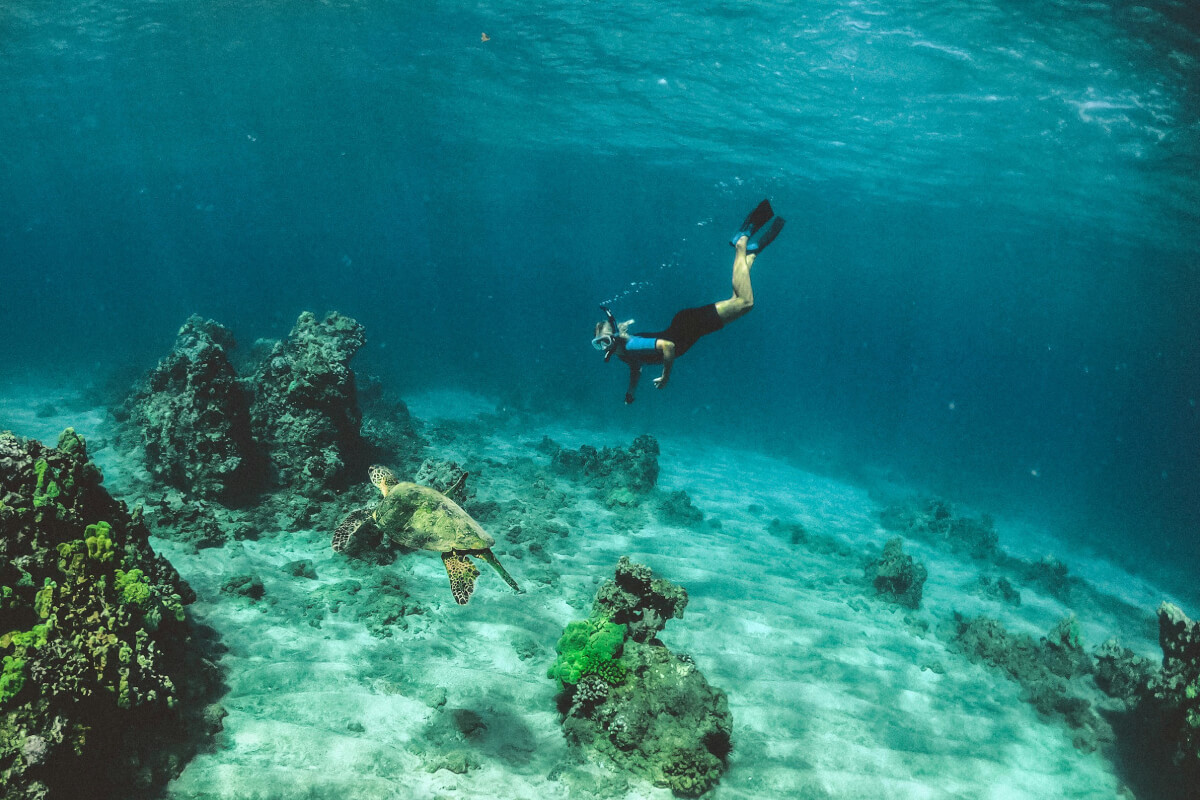

If you are passionate about sea life and want to explore its diversity and beauty in Madeira, there are several observation experiences you can undertake according to your preferences and expectations. Some of these experiences include:
• Boat Tours: These are the most popular and accessible way to observe sea life in Madeira, especially dolphins and whales. Various tour operators offer boat tours (Like Bonita da Madeira) with different types of vessels, durations, schedules, and prices. Boat tours allow you to enjoy the maritime landscape, sea breeze, and the proximity to marine animals, which often accompany and interact with the boats.
• Diving: This is the most immersive and thrilling way to observe sea life in Madeira, allowing you to have direct contact with marine ecosystems and their species. Several diving centres provide courses, equipment, guides, and diving excursions for all levels of experience and interest. Diving enables you to explore coral reefs, seagrass meadows, caves, shipwrecks, and underwater walls, which are rich and diverse habitats.
• Snorkeling: This is the simplest and most accessible way to observe sea life in Madeira, allowing you to see marine ecosystems and their species at the water’s surface with just a mask, snorkel, and fins. There are various locations in Madeira where you can practice snorkelling, especially in coastal areas where the water is calm and transparent.
Madeira Sea Life: Conclusion
In conclusion, Madeira reveals itself as an impressive sanctuary of sea life, offering visitors a unique opportunity to explore the extraordinary diversity of its marine ecosystems.
Understanding the importance of conservation becomes imperative to protect these vital ecosystems. The threat of factors like pollution, overfishing, and climate change requires the implementation of sustainable practices and the promotion of conservation initiatives. The responsibility falls upon all of us, from locals to visitors, to ensure that future generations can continue to appreciate the incomparable beauty of Madeira’s sea life.
Whether through boat tours, diving, or snorkelling, observation experiences provide a unique connection to this underwater world. By adopting conscious practices and supporting conservation initiatives, we contribute to preserving not only Madeira’s sea life but also the unique natural heritage that this Portuguese island offers. May our admiration for these species inspire a renewed commitment to conservation and sustainability, ensuring that Madeira’s waters continue to be a spectacle of biodiversity for generations to come.
Need to rent a car? Check out the latest offers from 7M Rent a Car!
